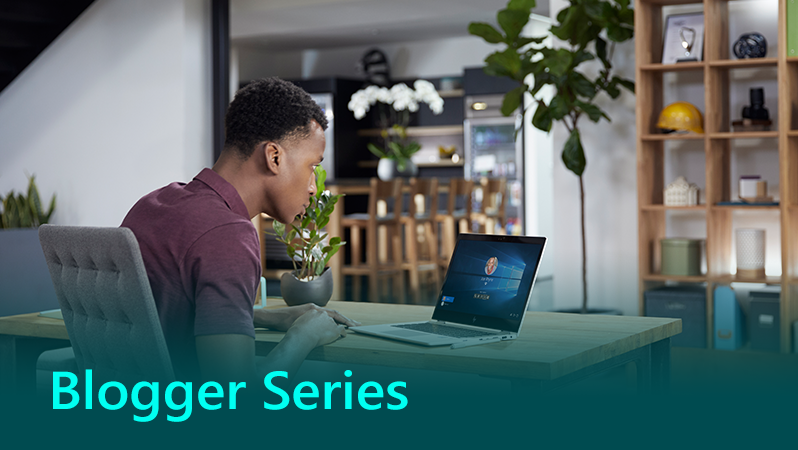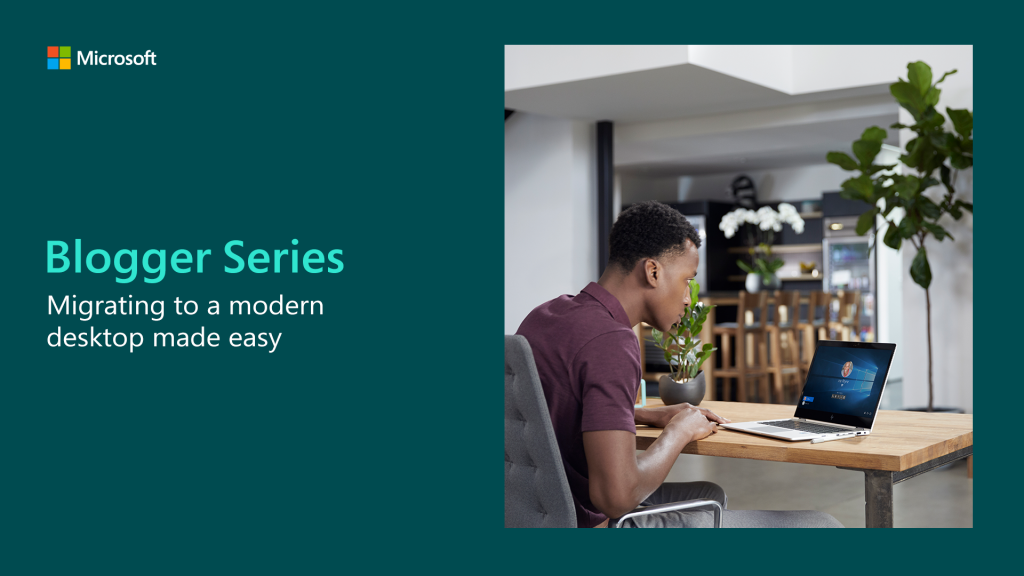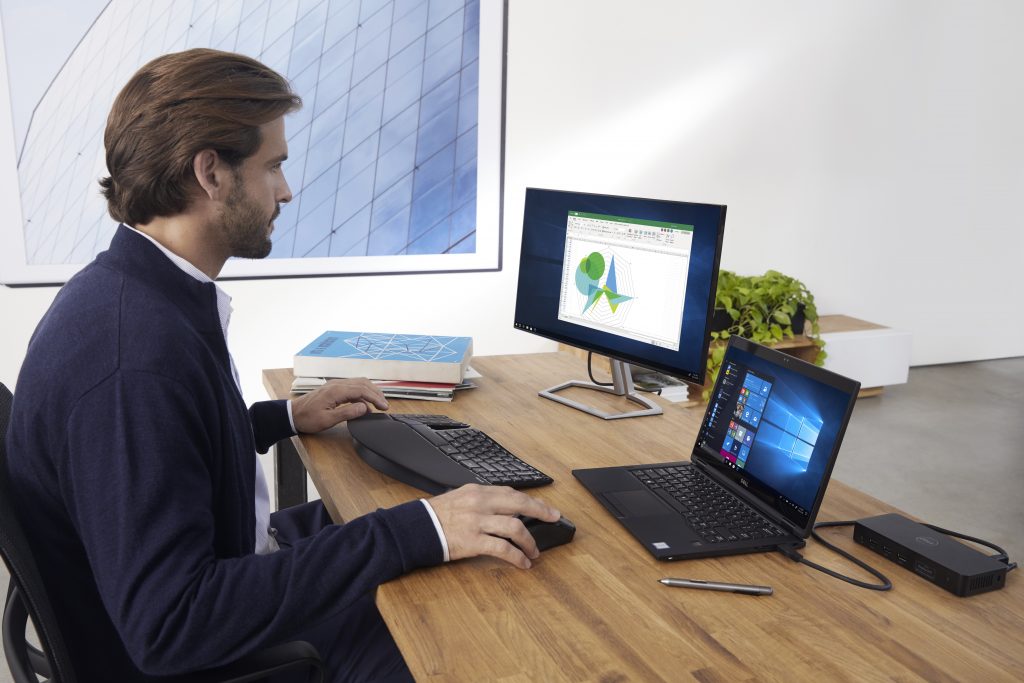
Migrating to the modern desktop made easy

Everyone wants the latest and greatest tech but something is stopping IT teams from migrating employees to modern desktops.
A Windows PC is where the majority of your employees will do most of their work and, for them, it’s always been an easy choice. Most people are already happily using Windows 10 at home. But IT departments seem to be more hesitant. From experience, IT teams often have bad memories from the last major upgrade that make them hesitant about migrating to a modern desktop. Whilst they’re eager to use the latest tech, they don’t want, and can’t afford, any downtime. 
You might be experiencing the Rashomon Effect in your business – where two or more witnesses recount an event completely differently. Your employees may only have seen you updating their machine. They think it’s easy and can’t understand why you won’t let them use the latest technology. But we know that it was a company-wide undertaking for you and your IT department.
The workforce craves cutting edge technology
From my experience, employees are left feeling deflated, frustrated and much less productive when their kit is dated. It doesn’t give them the functionality they need to do their best work.
The tech people use at work isn’t as modern as their kit at home. Your employees are eager to get to grips with the very latest technology.
You hardly even notice your devices updating at home as nearly everything’s automated. Last time my phone updated, I was prompted with an update, clicked ‘Update tonight’ and, as if by magic, next time I used my device, everything was sorted.
But it was a different story last time your IT department updated every device across the entire business. For starters, migrating from XP to Windows 7 was pretty complex. Most machines had to be wiped clean. Everything needed to be re-installed from scratch and there were major issues caused by differences in the underlying systems.
Put simply, lots of apps stopped working and had to be re-written, which was costly and time consuming.
Migrating will be easier this time
The move from Windows 7 to Windows 10 is infinitely easier, because compatibility levels are much higher. 99% of commercial software that works on Windows 7 also works on Windows 10, so there’s no need to worry about your apps. In many cases, it’s possible to upgrade rather than start again. Which means you can upgrade Windows 10 on top of Windows 7, keeping all the settings, apps, and data in place. The upgrade will be faster, cost a lot less, and be a much less stressful experience. Your employees will be a lot happier to have their machines updated and up and running quickly, with the added benefit of still feeling familiar too.
Windows 10 closes the gap between Windows 7 and the last decade of cyber threats and it can dramatically reduce complexity for your IT team, making it easier to get a company device ready when someone joins your organisation. What’s more, new AI features make getting things done with PowerPoint and Excel faster and smarter than ever before. Cortana boasts some new productivity tools too.
A report commissioned by Forrester predicted an ROI of 233% for companies implementing Windows 10.
I always recommend this handy tool to IT teams who are looking to migrate to a modern desktop so they can see how much of their organisation’s hardware and software is ready for Windows 10 before you start.
As you can see, keeping your systems up to date has become a lot simpler. When you combine that ease with the invaluable reward of improved employee experience and increased security; it’s a no-brainer.
What’s stopping you?
Learn more
Why cybersecurity is a boardroom issue
Discover how Windows 10 can help protect data, devices, and identity
10 stats that reveal the changing face of IT security

About the author
Robert has been in the IT industry for over 20 years and has a wealth of experience – from running his own IT solutions business to spending time in the IT channel, working with industry names like HP and Intel. Robert has worked at Microsoft for around 15 years across various roles, including Small Business Audience Lead and OEM Sales Manager. In his current role, as UK Product Marketing Lead for Microsoft 365, he’s also responsible for helping partners, from startups to enterprises, understand the value of Windows 10, how to adopt it and how Windows makes it easy to keep valuable business data secure.




